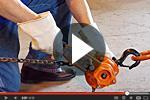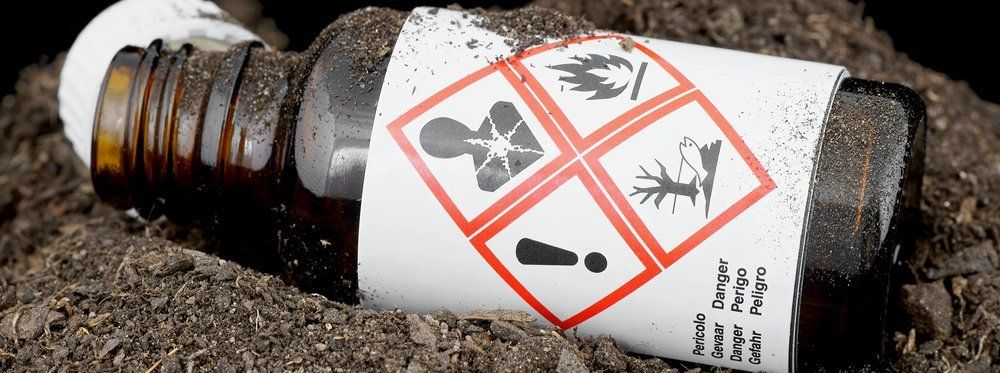Power Tool Safety
Tips to Avoid Workplace Injuries

Did you know that power tools have been around since 1895? In fact, C. & E. Fein GmbH was the first when it invented the world’s first electric hand drill, which was a bit awkward to use by today’s standards. Later in 1916, Mr. Black and Mr. Decker improved the electric hand drill design with a trigger-styled handle inspired by Colt’s .45 caliber pistol. Ever since, countless others have brought new power tools and design innovations to market. All this has made our work easier and faster, but has also brought about a significant potential for injury.
In a Forbes magazine article titled, The 10 Most Dangerous Power Tools , by William Baldwin, dated December 21, 2009, common power tools were ranked according to their number of respective injuries resulting from use. The top 3 common power tools responsible for the largest number of emergency room visits were:
- Power nailers at 37,000 ER visits/year
- Chain saws at 36,000 ER visits/year
- Table saws at 29,000 ER visits/year
One government survey in 2003 blamed workshop and indoor power tools for an average of 400,000 emergency room visits a year.
Workers operating power tools face a wide range of potential hazards throughout any given day. Without the proper training and maintenance, they are at risk of injuries resulting from lacerations, flying objects, harmful dusts, electrical accidents and more. Understanding the role of prevention and making a commitment power tool safety can go a long way toward decreasing exposure to hazards and eliminating workplace incidents altogether.
So, how do we ensure the proper and safe use of power tools to prevent workplace injuries? Follow these four tips:
Tip #1 – Select the right tool and use it the right way. Easier said than done, right? This implies not only knowledge and understanding, but also the discipline to avoid short-cuts and jury rigging. Improvising with the wrong tool often results in not only damage, but injury. When there is any doubt about the right tool for the job, seek professional advice. True professionals, almost without exception, are willing to share years of experience and knowledge with anyone sincerely seeking their advice.
Tip #2 – Provide quality education and training to your workers. Unless you have provided training in the recent past, avoid making the dangerous assumption that your workers are adequately trained! While reading the Owner’s Manual is a good start, classroom education and hands-on training is even better. Tool manufacturers often times provide product safety material free of charge or for a nominal fee. For example, see the Stihl Chain Saw videos at http://www.stihlusa.com/information/videos/. Also, many manufacturers upon request will send representatives into the field to provide end user training. Additionally, the Power Tool Institute ( www.powertoolinstitute.com ) provides FREE tool specific materials and videos. Any individual or business may access these materials at their website or request the desired materials to be shipped free of charge. Take advantage of these resources!
Tip #3 – Clean, inspect and service your power tools after each use. Defective parts are harder to spot when the tool is covered with dirt and grease. Also, the time to get a tool fixed is not when you next need it! Avoid procrastination and get repairs done right away. Develop and use an inspection checklist for power tools in your workplace. Routine attention given to tool condition helps to promote the identification of deficient (e.g. guard removed) or defective (e.g., broken part) tools and facilitate their repair.
Tip #4 – Know and understand your regulatory obligations. Employers and employees have specific responsibilities listed within the federal and Michigan OSHA safety standards applicable to tool design, use and maintenance. Also, both agencies have published educational materials for safe power tool use. A few of these resources are listed below:
- MIOSHA General Industry Safety Standard - Part 38. Hand and Portable Power Tools http://www.michigan.gov/documents/CIS_WSH_part38_51256_7.pdf
- MIOSHA Construction Safety Standard – Part 19. Tools http://www.michigan.gov/documents/CIS_WSH_part19cRev_42231_7.pdf
- Federal OSHA – Hand and Power Tools
https://www.osha.gov/SLTC/handpowertools/index.html
https://www.osha.gov/doc/outreachtraining/htmlfiles/tools.html









